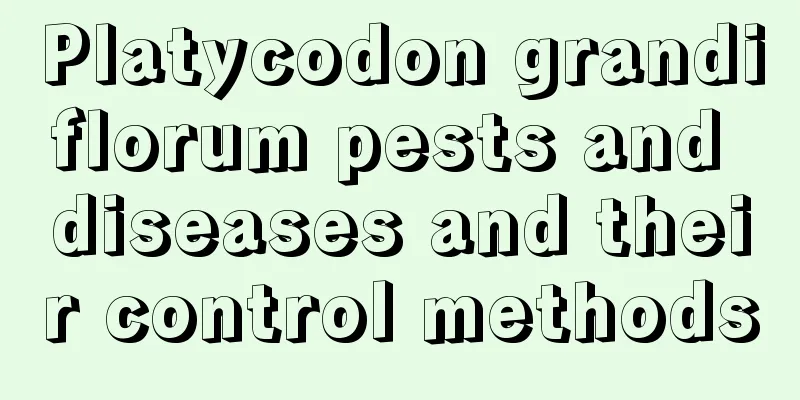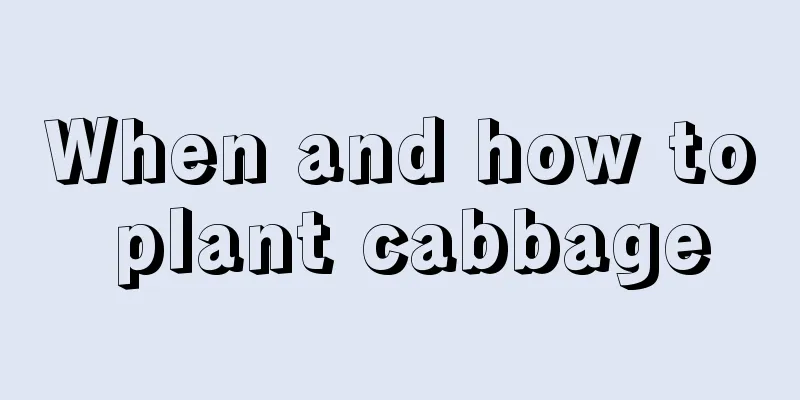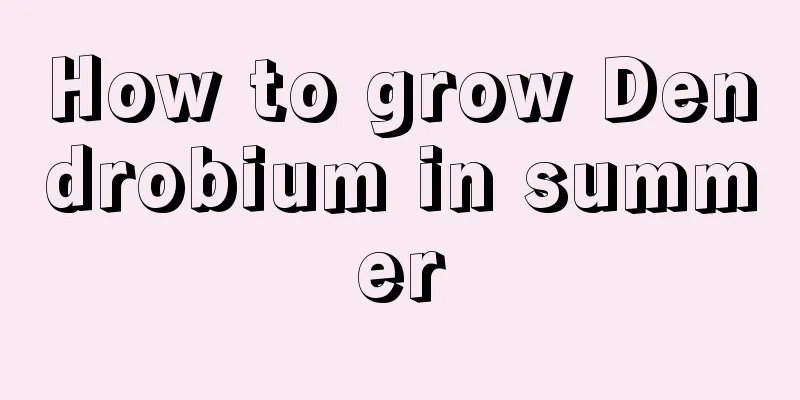Platycodon grandiflorum pests and diseases and their control methods

Platycodon pestsIn fact, Platycodon grandiflorum at home is rarely attacked by insects, but when the home environment is hot, humid, or dry, or when the environment changes suddenly, insects can easily find loopholes. Root nematode diseaseRoot-knot nematodes are mainly concentrated in the roots and feed on rhizomes. When an infestation occurs, diseased protrusions appear on the roots and the above-ground stems and leaves wither prematurely. If root-knot nematodes are found, there is no need to spray pesticides. Instead, burying cake fertilizer in the soil to increase soil fertility can reduce the damage to a certain extent. If the pest is serious, it is recommended to remove the plants from the pots outdoors and replace them with new soil. Pseudo-hexapodaThe ground beetle also harms the roots of the plant. This insect usually appears in March and April . Spray 800 times the dilute solution of dichlorodiphenyltrichloroethane in time to kill it. You should also be careful when opening windows for ventilation to prevent pests from flying in from the windows. Platycodon diseasesPurple feather diseaseThe damage is serious in mid- September , and the roots rot in October . In the early stages, the roots of the diseased plants turn red and gradually form a network of reddish-brown hyphae. Of course, these are all changes underground in the early stages. In the later stage, bulges will appear on the soil surface, and purple sclerotia the size of mung beans will appear, and the stems and leaves will gradually die. Prevention and control methods: Repot and change the soil every year, renew the soil, and disinfect in time. Once the disease is found, the diseased plants should be removed in time and 5% lime water can be poured for disinfection. anthraxThe disease is prone to occur during high temperatures and high humidity in July and August , and spreads rapidly, with plants quickly falling over in large numbers. In the early stage, brown spots appear on the stems and gradually spread around. In the later stage, the diseased parts of the plants shrink and fall over. Prevention and control methods: Prevention should be carried out in the seedling stage, spraying 500 times diluted Junte wettable powder once a month; in the early stage of the disease. Spray Bordeaux mixture once every 10 days, and spray 3-4 times in a row. |
<<: Disease control of oleander
>>: Diseases and prevention methods of Aspidistra
Recommend
Top 10 most popular rose varieties, top 10 most valuable rose varieties
1. Hard-flowering varieties 1. Juice Balcony: Thi...
Autumn cultivation of white orchid
1. Give sunshine The intensity of the sun gradual...
How to propagate azalea
Cutting propagation of azalea As long as the temp...
72-year-old retired female professor of Tongji University has become popular on the Internet. Hardcore popular science physics is interesting
Wu Yuren, a 72-year-old retired professor from To...
What to do if wintersweet root rots
1. Prevention methods 1. Water appropriately Reas...
The main value of Calceolaria
1. The ornamental value of Calceolaria: The appea...
Where is the pomegranate tree suitable for growing? Planting conditions and regions
Where do pomegranate trees grow? Pomegranate tree...
How to plant golden thread lotus, pictures of golden thread lotus
1. Planting method 1. Site selection: It is not e...
Stop being obsessed with European roses. Our ancient Chinese roses are almost extinct.
Pingtung Rose Powder Makeup Building Purple Swall...
How to breed iron ball
1. Breeding Methods The propagation of the iron a...
Can orange juice be used to water flowers? What flowers can be watered?
Can orange juice be used to water flowers? Orange...
How often should the bear's paw be watered in summer? Watering methods and precautions
Frequency of watering Bear's Paw in summer Wh...
Loquat seedling planting method
Loquats are delicious and have high nutritional v...
Watermelon planting technology, when to plant watermelon
1. Watermelon planting technology 1. Planting sit...
How long does it take for vermiculite cuttings to take root? The fastest way to take root
Vermiculite cutting rooting time When doing vermi...









